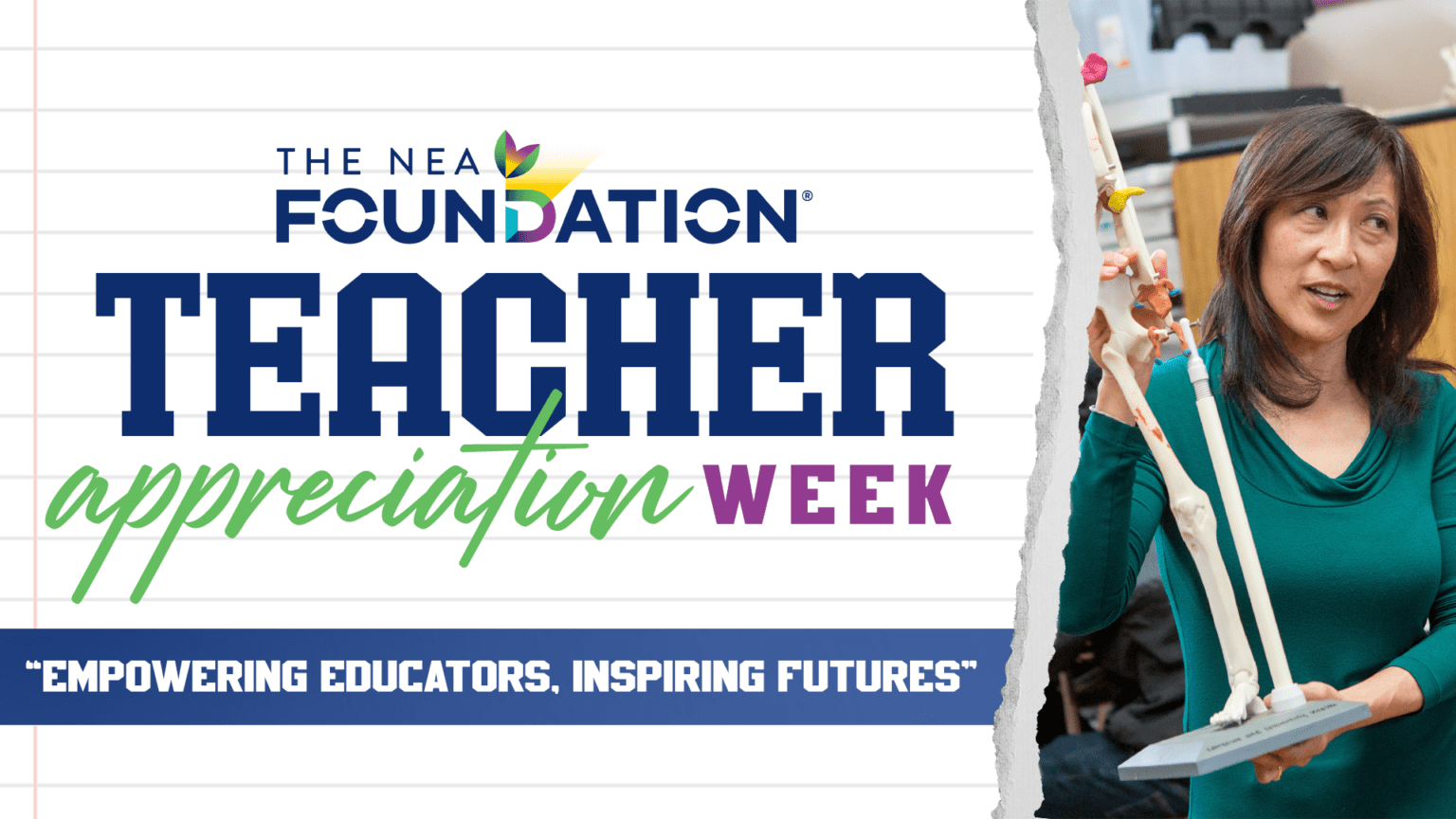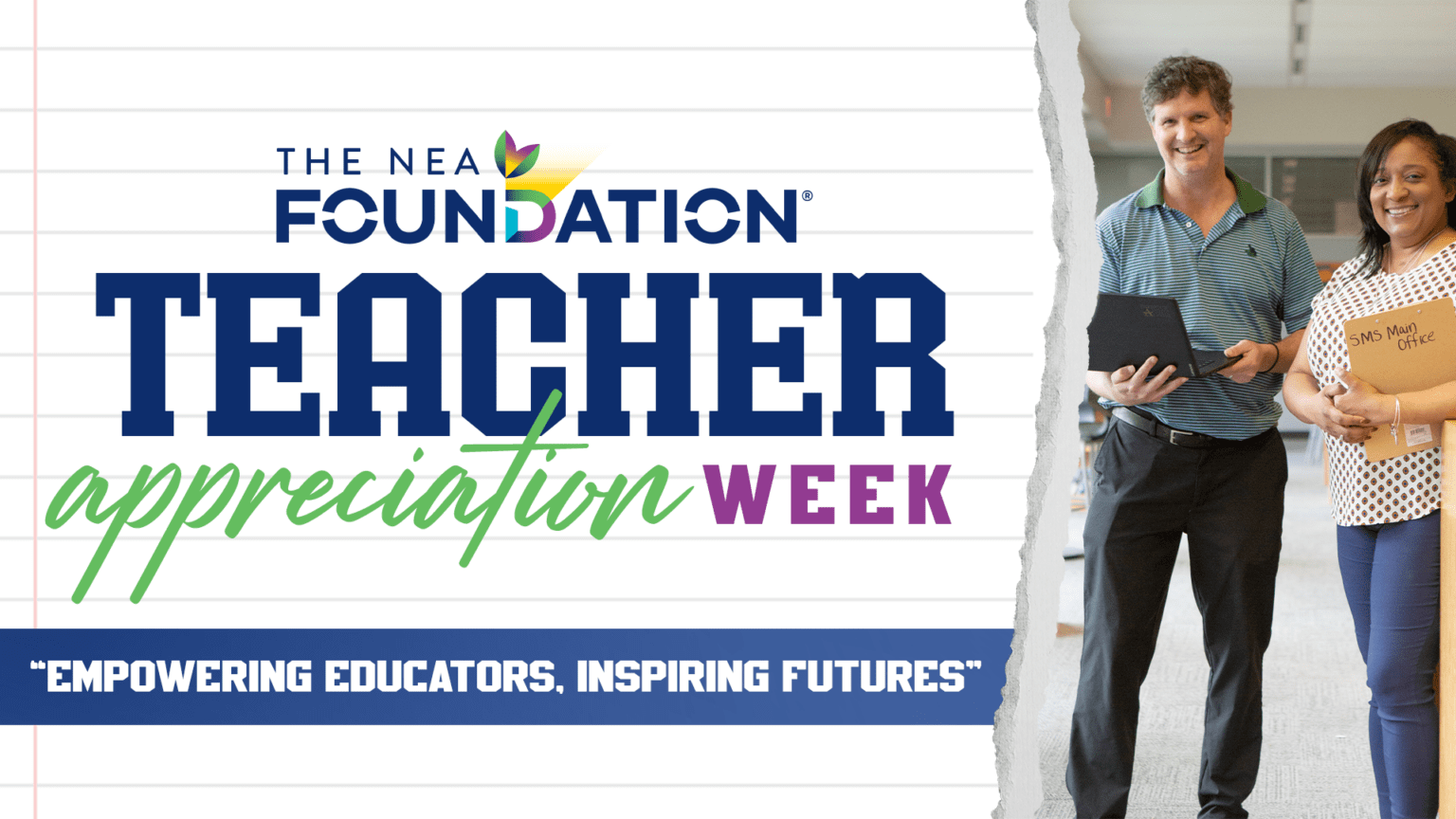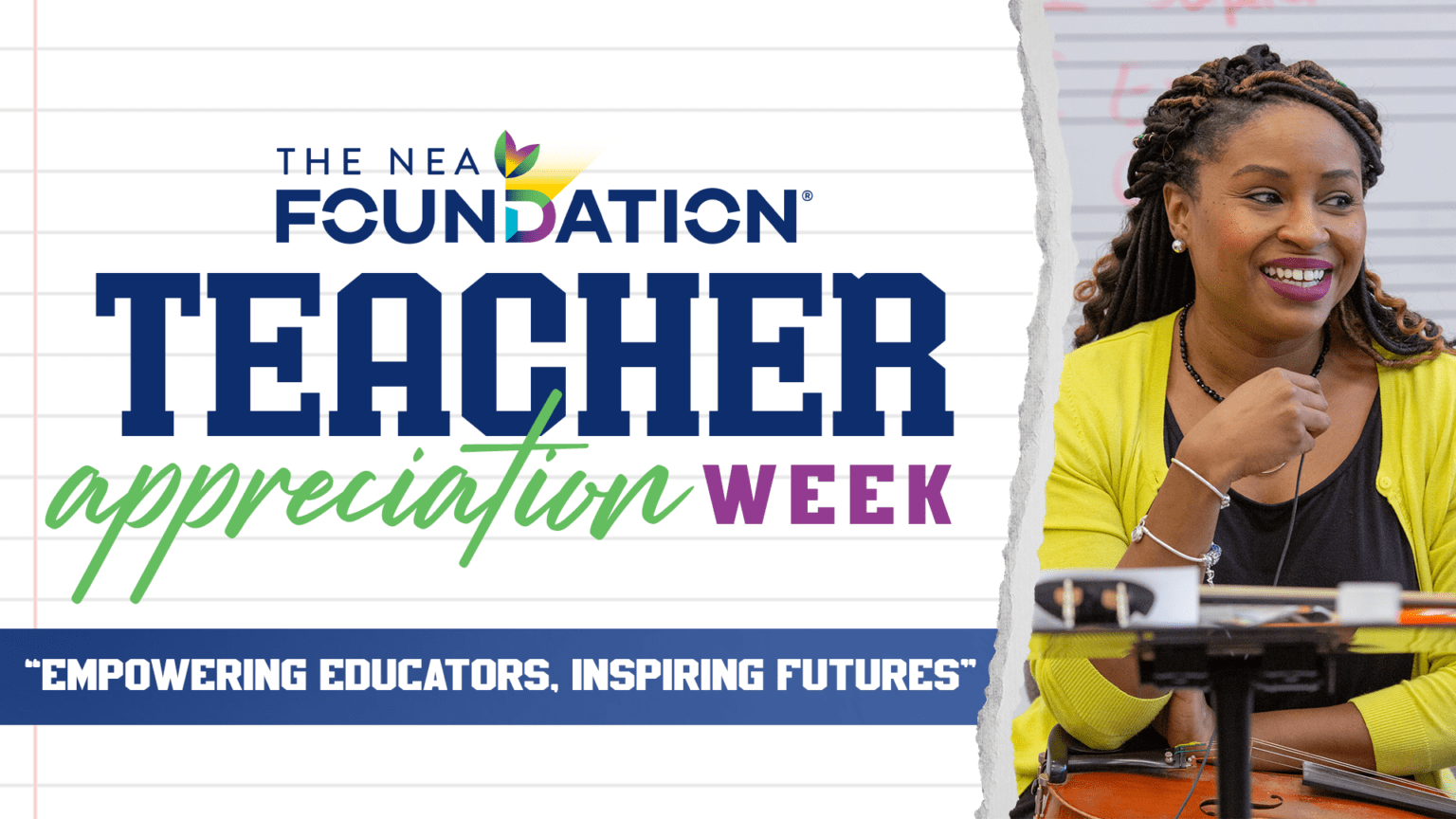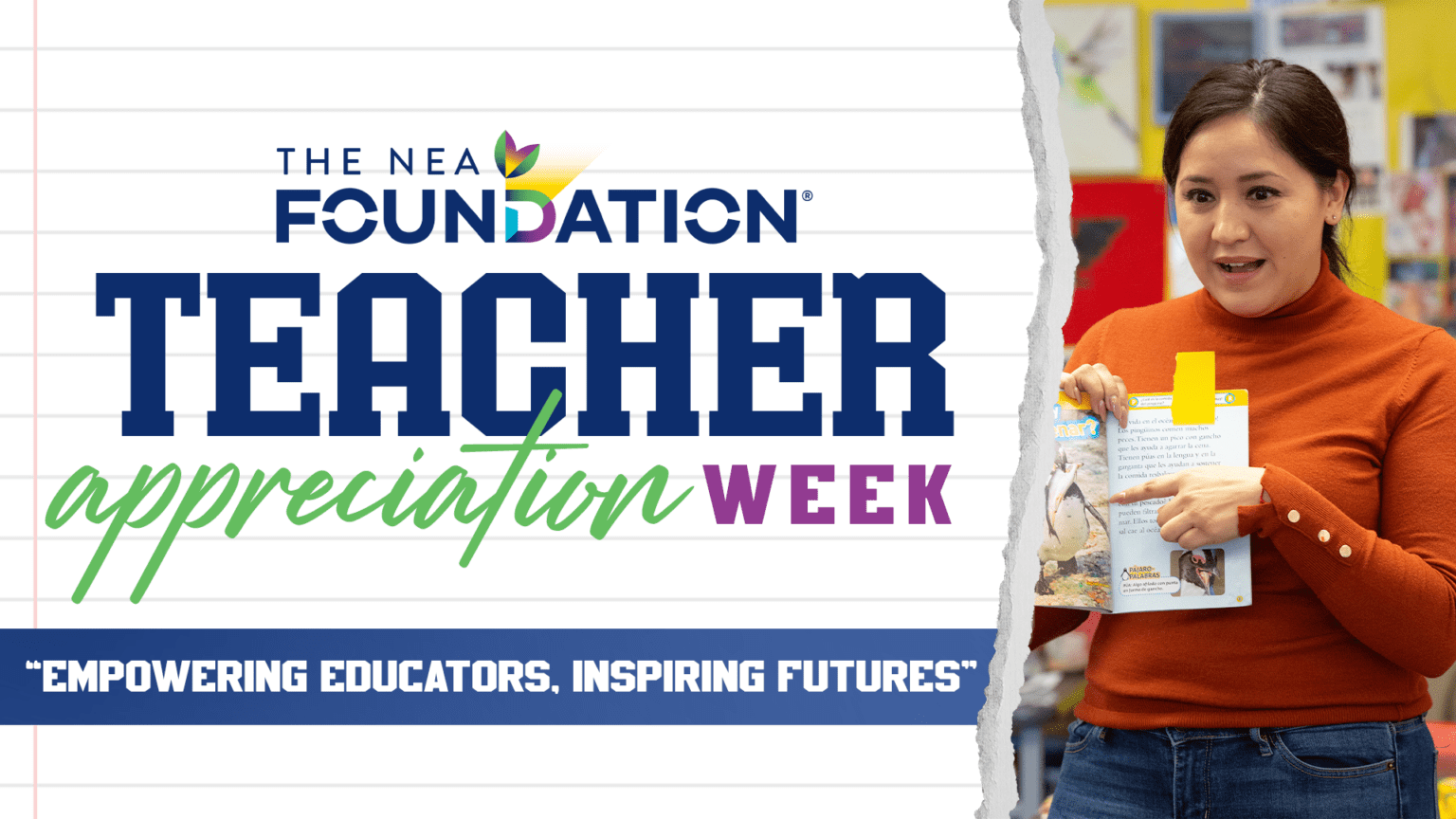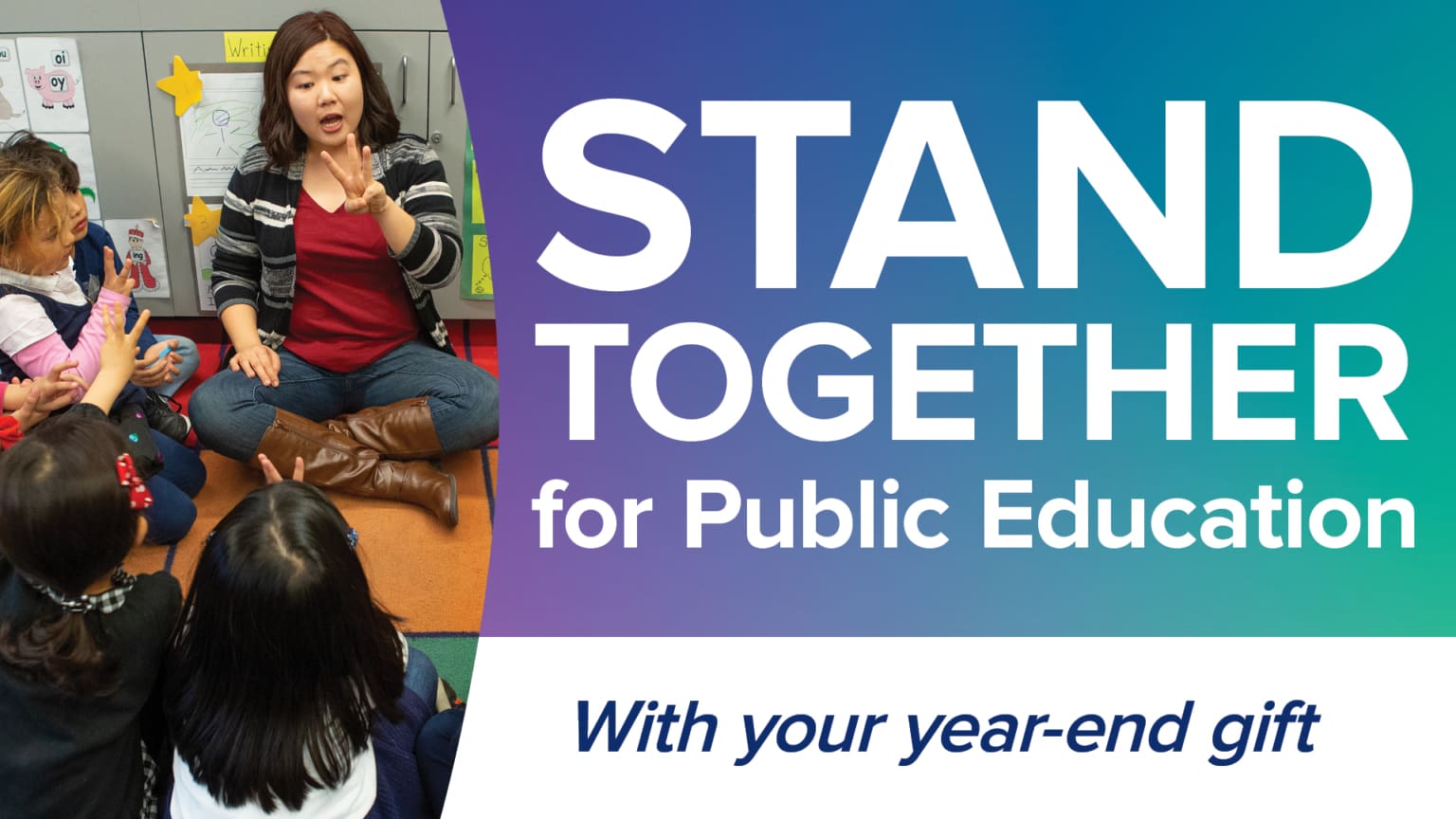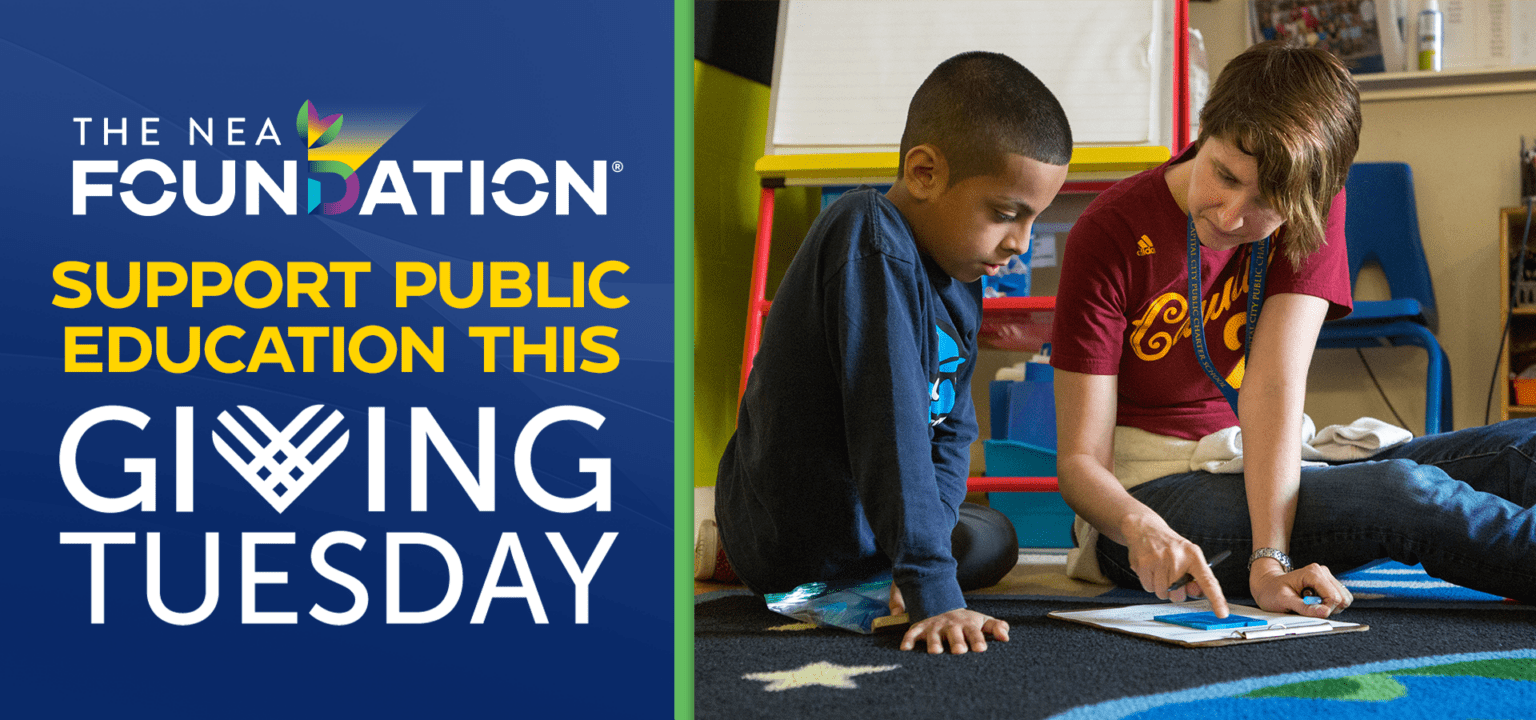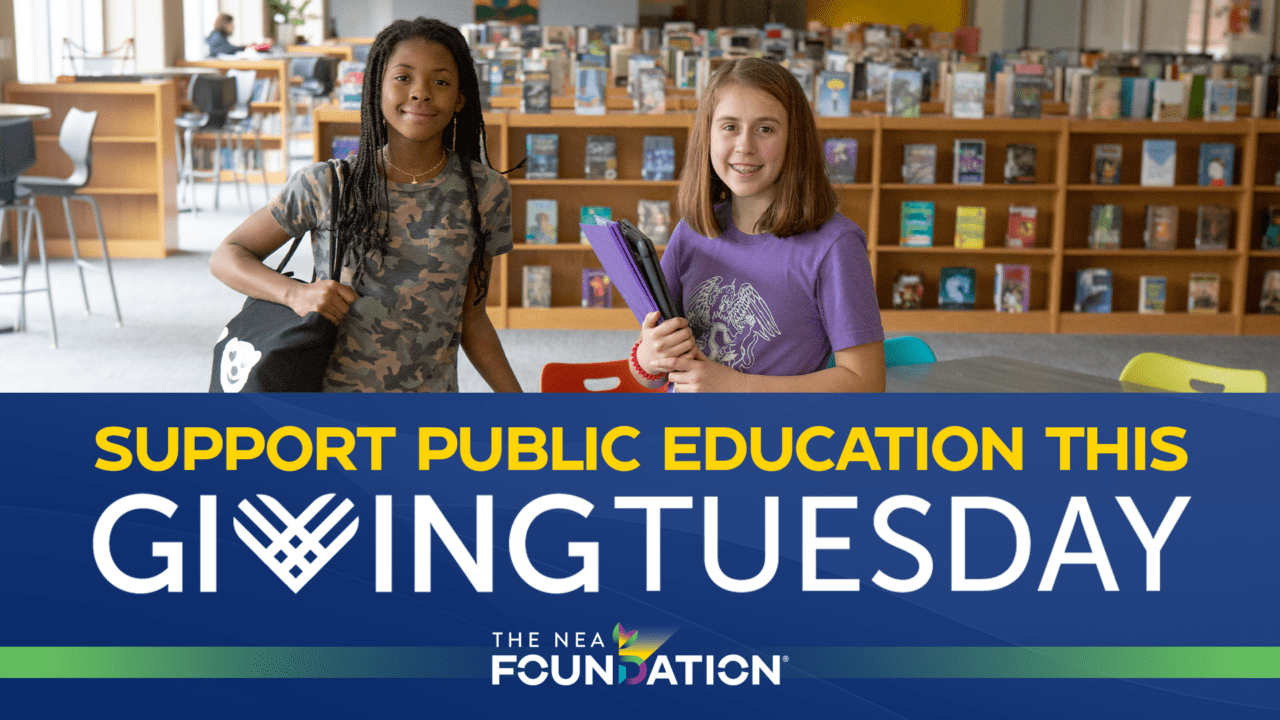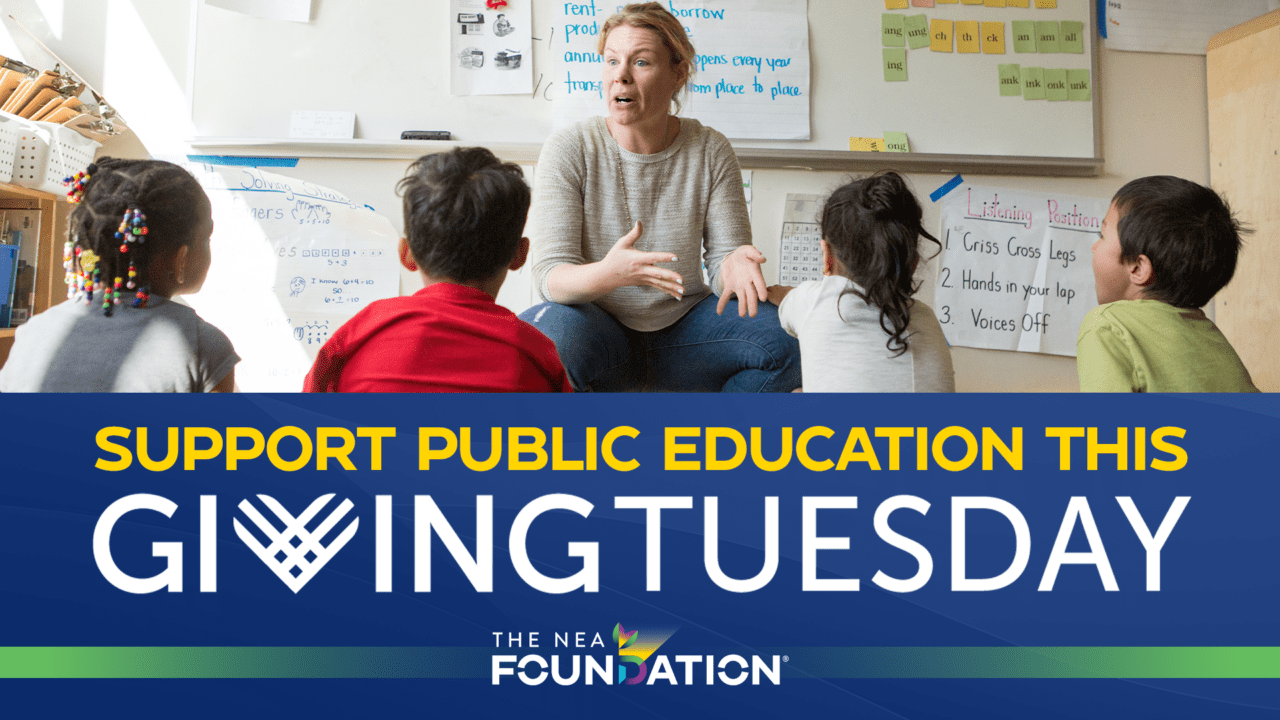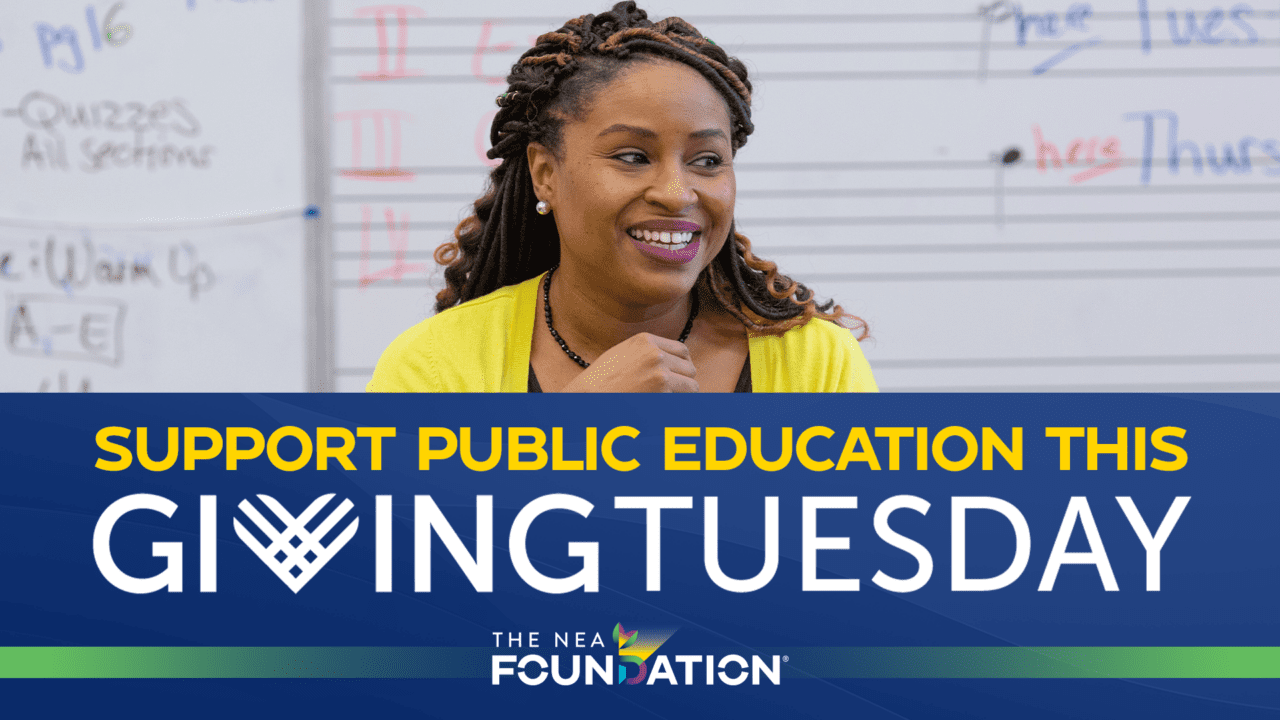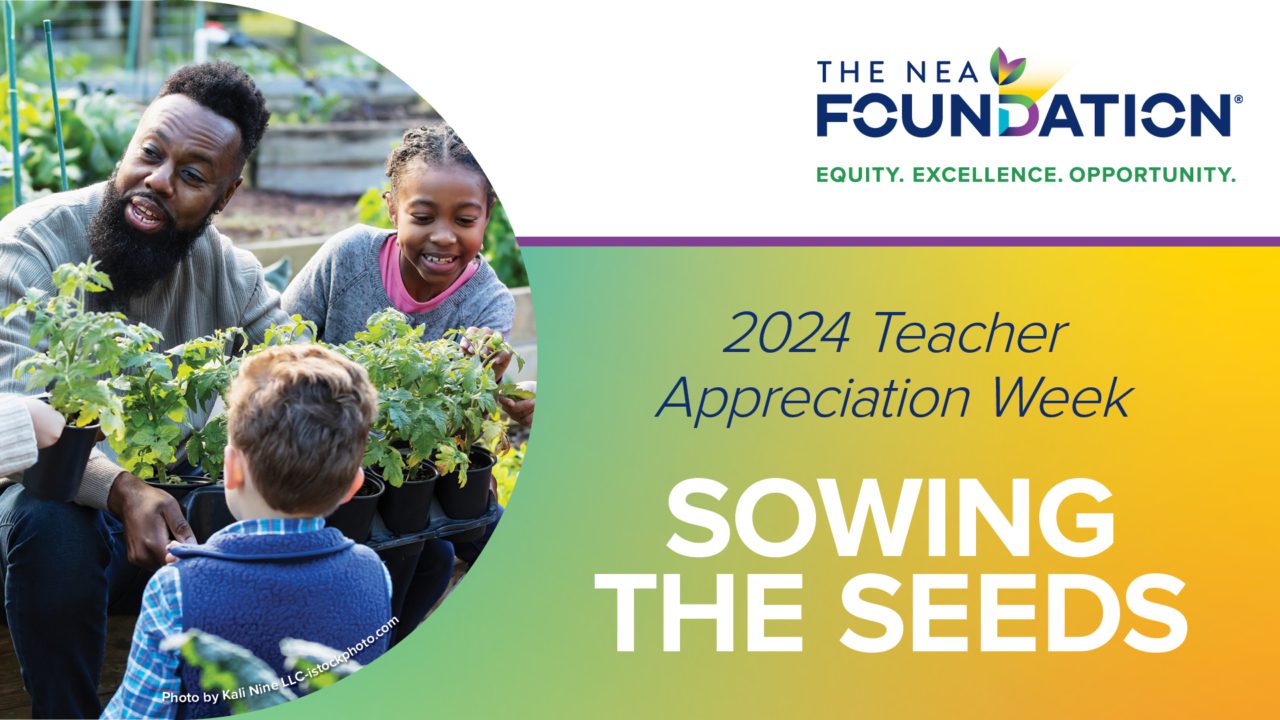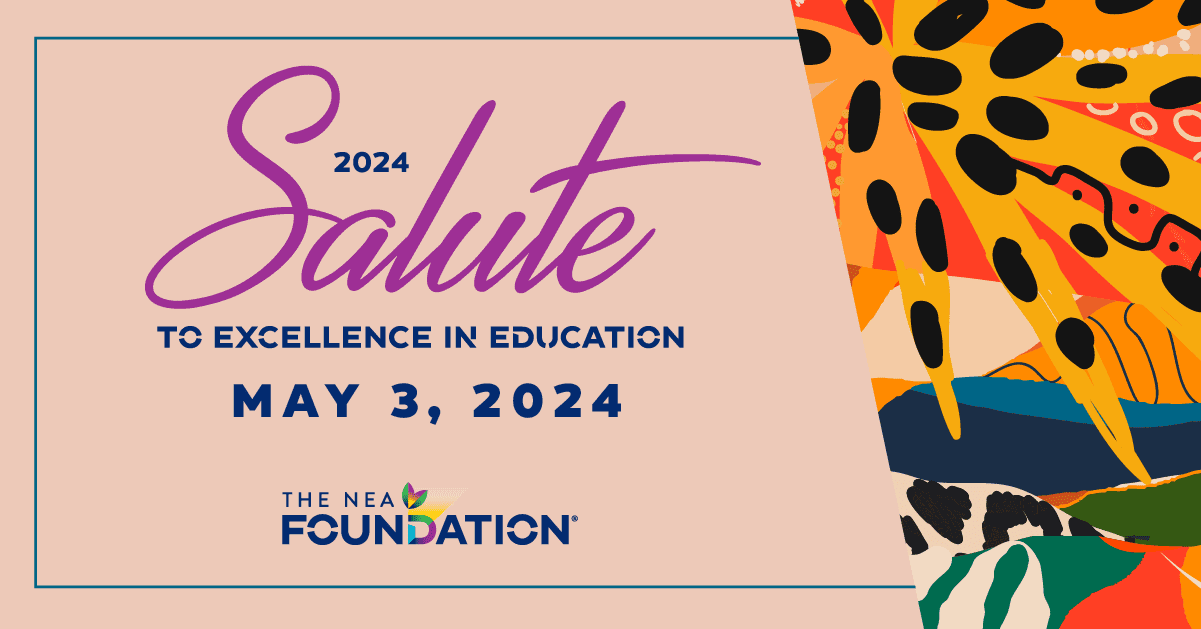By Anna Baldwin
2015 NEA Foundation Global Learning Fellow
and English and history educator at Arlee High School in Arlee, Montana

This summer I had the opportunity to spend over a week traveling in Peru with a group of teachers from across the country as part of the NEA Foundation’s Global Learning Fellowship. We had some breath-taking experiences, including visiting a rural school outside of Cusco.
In this village school at Pumamarca, we learned about the hardships the residents and the local NGO (called Peru’s Challenge) experienced while creating and constructing the school. Yet it is a beautiful campus with sustainability built in. We spent time in the classrooms with children and teachers, and afterward had the opportunity to speak to the teachers about the challenges they face, some of which were surprising, while others sounded familiar, including global competency.

In my discussion room, the teachers talked through a translator about how they had to work hard to integrate the Quechua-speaking students with the Spanish-only-speaking students. There is a gap between them created, as I understood it, by cultural and linguistic differences. The teachers wanted to know, how can we help these students accept each other?
This tough question made me think about global competency in my own school and town. On the southern end of the Flathead Reservation, Arlee is a multicultural district. We have Native American students and teachers, and non-Indians, and Arlee’s indigenous people are from many different tribes. Some speak a little of their traditional languages but others don’t; some have historical conflicts with each other, and others have longtime alliances. Yet, according to many of the students, these differences do not divide them.

As an educator I surmise that one of the reasons our school is one of the most seamlessly integrated on our reservation is our decades-long commitment to cultural understanding and global competency. Arlee has long been a flagship school in our state for incorporating meaningful Indian studies as well as language instruction into all classes. All students participate in our school powwow and events across the reservation.

When I reflected on this, I realized that one of the teachers in our discussion group had demonstrated this same kind of commitment in the class I had observed that morning. The students had sung the national anthem in both Spanish and Quechua. She displayed poetry on her walls in both Spanish and Quechua. And this teacher asked students to greet the visitors in both languages. She was already building the foundation for the kind of global competency success she wanted to see!
Engaging together in learning or any activity that asks us to cross boundaries is the best way to bring different people together successfully. As a testament, at the end of our visit, Quechua- and Spanish-speaking students, American visitors, and Peruvian teachers played a rousing round of football. At 12,000 feet, some of us were catching our breath more than others.
This blog post originally appeared here.

